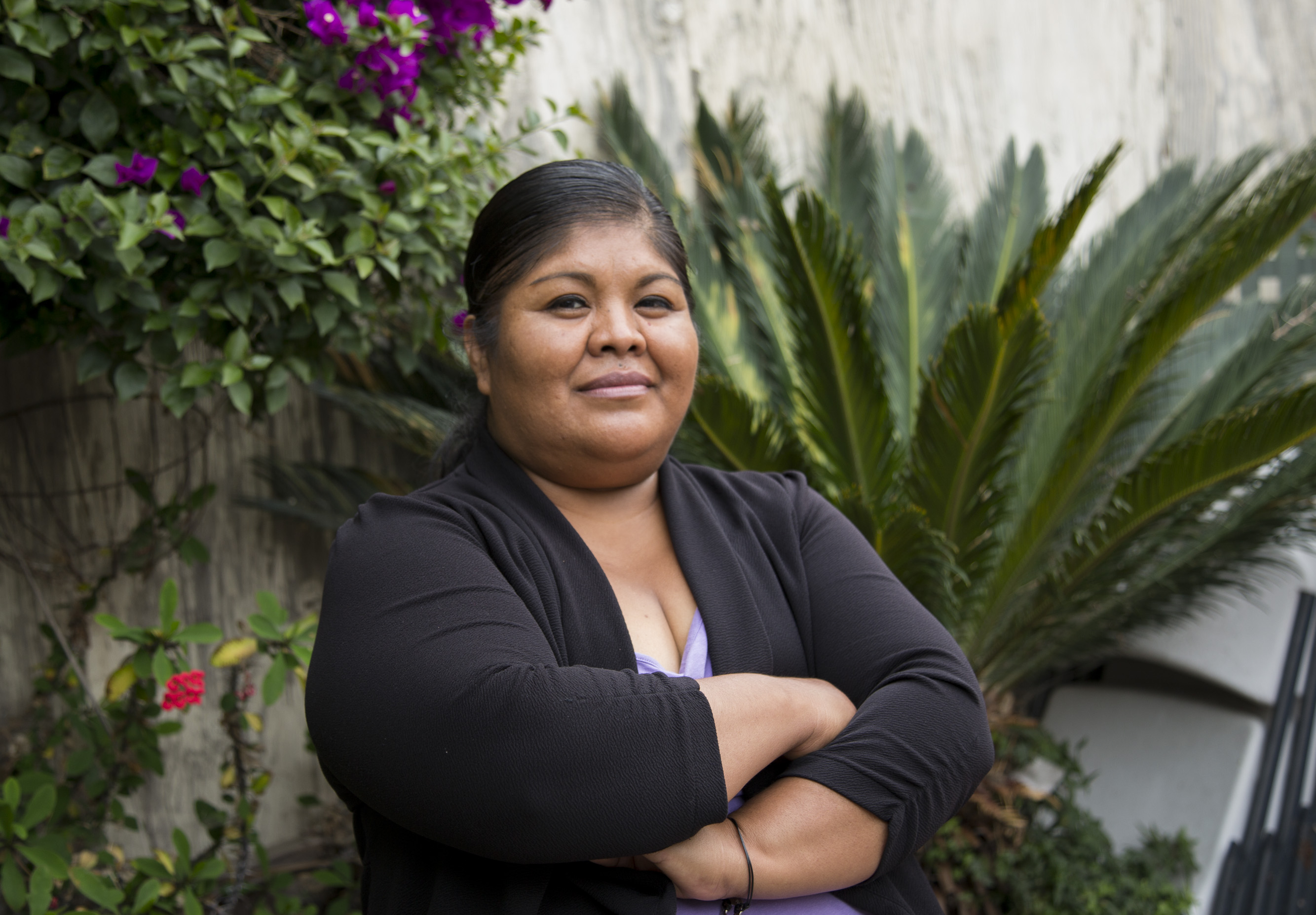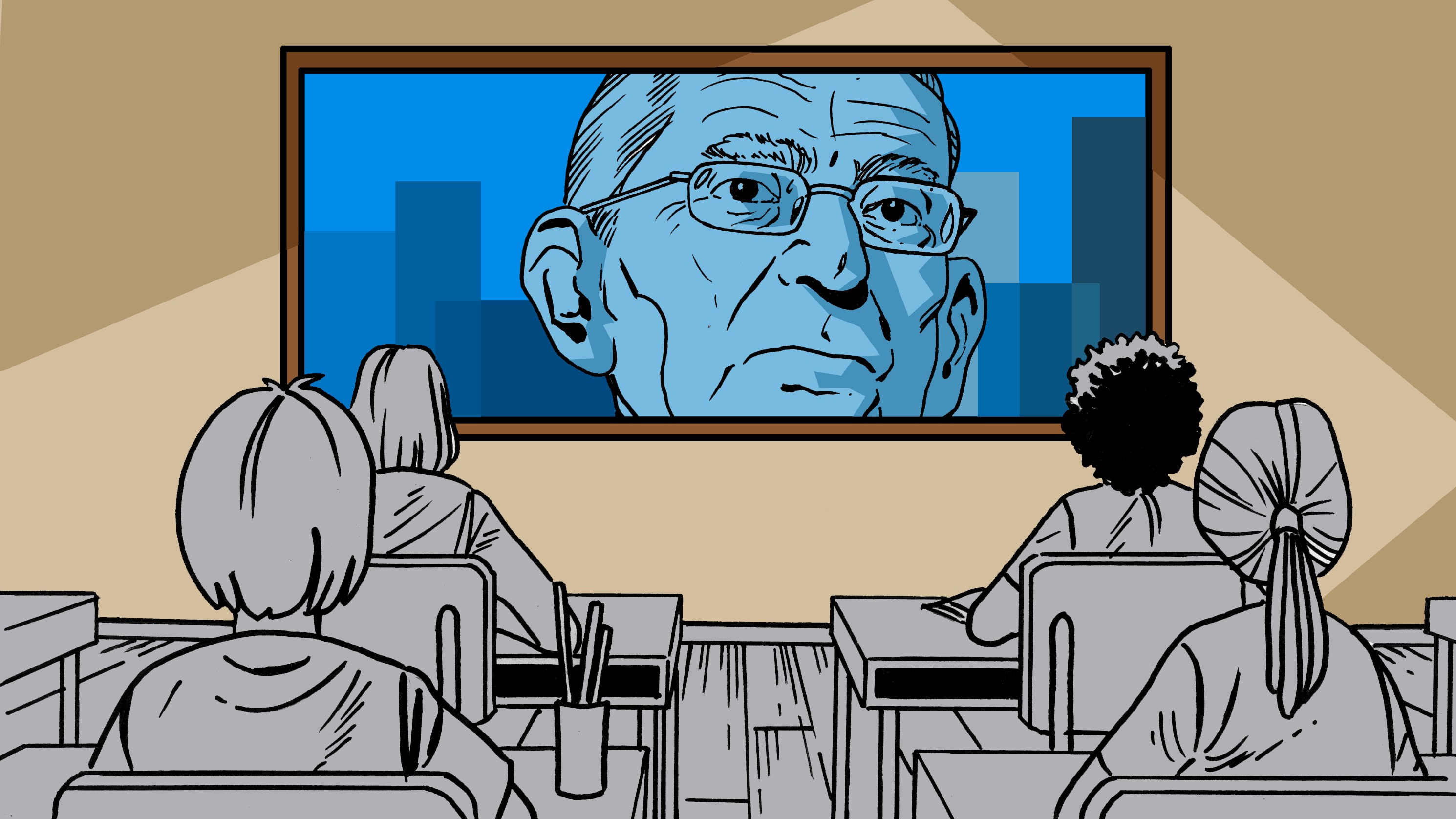Failing the Test: Charter Schools’ Winners and Losers

Rosalba Naranjo (Photo by Pandora Young)
At first, Rosalba Naranjo was thrilled that her two daughters were attending Richard Merkin Middle School, a charter school located near downtown Los Angeles. After all, the Pico Union neighborhood school, which is operated by Alliance College-Ready Public Schools, offered relatively small class sizes and the promise of a good education. And her son, who is now in high school, had previously attended the school.
See More Stories in Capital & Main’s Charter School Series
Naranjo, a 42-year-old Mexican immigrant, was looking forward to being involved in her daughters’ education and playing a role in the school community. But when she became concerned over several issues, including what she described as a high teacher-turnover rate, she says the school wasn’t interested in hearing from her and other parents.
Research Shows That Charter Schools:
- Place huge financial burdens on traditional public schools
- Increase racial and economic segregation
- In L.A., enroll a smaller percentage of children with severe disabilities than do L.A.’s public schools
“Over time I’ve come to find out that we as parents don’t have any participation in the schools,” Naranjo says in Spanish, speaking through an interpreter during an interview with Capital & Main. “When they talk about charter schools they always say they are the best and that they want what’s best of our kids and are here to help us. It makes me feel very sad because my daughters aren’t getting the kind of help I want and it’s a challenge. I’ve tried to be involved – at this school, they don’t allow that to happen.” (Capital & Main repeatedly asked Alliance Schools to respond to this article but received no reply.)
Among other things, Naranjo says that she has been warned not to ask questions in front of other parents and has been pressured to take a stand against a campaign by teachers for unionization. To be sure, Naranjo has positive things to say about the school. “The education is good a lot of the time, from what I can tell,” she says. “But sometimes I do feel there is not enough being done – and we are not allowed to ask questions about that to administrators.”
Naranjo’s claims are typical of those made by other parents against charter schools at a time when philanthropist Eli Broad, the Walton family and many others are seeking to dramatically increase the number of charters operating in Los Angeles.
The issue exploded publicly last September after the Los Angeles Times obtained a copy of a 44-page memo that outlined a proposal spearheaded by the Eli and Edythe Broad Foundation, under which one-half of all Los Angeles Unified School District students would be enrolled in charter schools within eight years. Currently, about 16 percent of the students in LAUSD attend charters. The proposal notes that since 2004, the Broad Foundation has invested more than $75 million to support Los Angeles charter schools. This funding has helped fuel the growth of several large charter operators, including Alliance, which is the largest provider of charter schools in Los Angeles, with 27 charter high schools and middle schools serving about 12,000 public school students.
Charter school supporters, such as Broad and the California Charter Schools Association (CCSA), argue that the schools provide a superior education and give opportunities to children in poor neighborhoods. For that reason, they say, it makes sense to increase the number of charters in Los Angeles and elsewhere.
“If you have schools doing really well that are making an impact on student learning, you should expand them,” Jason Mandell, a Los Angeles-based spokesman for the CCSA, says in an interview. “People are desperate for schools that are helping kids learn. I would encourage all of us to not forget the reason we are here – which is student learning.”
However, interviews with educators, charter school proponents and opponents, and a review of respected academic studies, show that some highly motivated students benefit from charters while others do worse; that the growth of charters places a huge financial burden on traditional public schools that send them into a tailspin and that charters may increase racial and economic segregation. Furthermore, the percentage of total LAUSD charter school students with severe disabilities is less than one-third the percentage of students with disabilities in LAUSD public schools.
“Charter schools are inherently a ‘some kids,’ model says Steve Zimmer, who was elected to the Los Angeles United School District (LAUSD) Board of Education in 2009 after 17 years as a high school teacher and counselor, referring to his belief that certain children do well in charters and others do not. “There’s no doubt that some kids have been served well by charters. I think there is an inflation of outcome celebration with charter schools, but I also want to give credit where credit is due, there has been some very good instructional quality and instructional outcome from some of our charter partners.”Failing the Test: Charter Schools’ Winners and Losers - CAPITAL & MAIN:
Big Education Ape: UPDATE: Failing the Test: A New Series Examines Charter Schools - CAPITAL & MAIN - http://go.shr.lc/1t3PT0f

